How do you transport a big diesel generator?
Transporting a big diesel generator requires careful planning and execution. These massive power units, capable of producing thousands of kilowatts, present unique challenges due to their size, weight, and sensitive components. The process involves specialized equipment, expert handling, and strict adherence to safety regulations. Typically, transportation begins with thorough preparation, including disconnecting fuel lines, securing loose parts, and protecting vulnerable areas. Heavy-duty trucks or trailers equipped with appropriate load-bearing capacity are essential for moving these generators safely. For exceptionally large units, like those used in industrial settings or data centers, specialized low-loader trailers or even barge transport might be necessary. The route must be carefully planned, considering factors such as bridge weight limits, overhead clearances, and road conditions. Professional logistics companies often handle such moves, employing teams with expertise in heavy machinery transport to ensure the generator arrives at its destination undamaged and ready for installation.
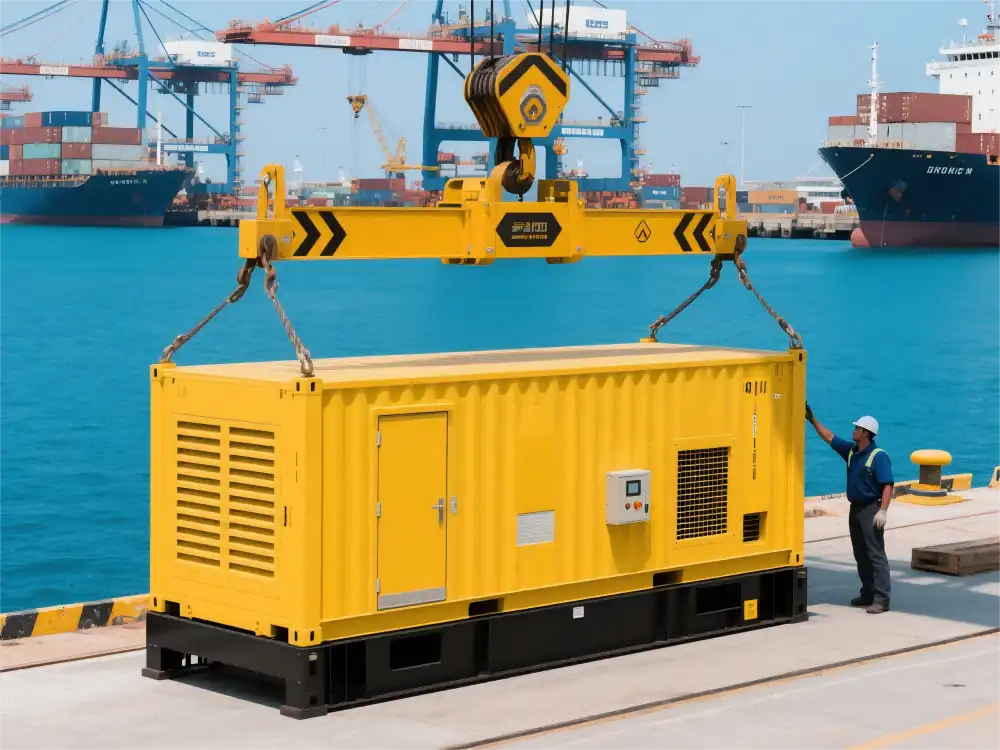
What permits are needed to move a heavy diesel generator?
Moving a heavy diesel generator often requires several permits, depending on the size of the generator and the route of transportation. These permits are crucial for ensuring safety and compliance with local, state, and federal regulations.
Oversize/Overweight Permits
Most big diesel generators exceed standard size and weight limits for road transport. As a result, oversize/overweight permits are typically required. These permits allow the transport of loads that exceed legal dimensions or weight limits on public roads. The specific requirements vary by state and sometimes even by county or city.
Route-Specific Permits
Depending on the planned route, additional permits may be necessary. For instance, crossing state lines often requires permits from each state the transport will pass through. Some jurisdictions may require special permits for traveling on certain bridges or through tunnels, especially if the generator's weight is significant.
Environmental Permits
In some cases, particularly for generators containing large amounts of fuel or oil, environmental permits may be required. These ensure proper handling and containment of potentially hazardous materials during transport.
Escort Vehicle Permits
For exceptionally large loads, escort vehicles may be mandatory. These vehicles help ensure safe passage and often require their own permits, particularly if they use special equipment like oversized flags or warning lights.
Obtaining the necessary permits can be a complex process, often requiring detailed information about the generator's dimensions, weight, and the specifics of the transport vehicle. Many companies choose to work with specialized logistics firms that have experience navigating these regulatory requirements.
How much does it cost to transport a 1000kW diesel generator?
The cost of transporting a 1000kW diesel generator can vary significantly based on several factors. While it's challenging to provide an exact figure without specific details, we can break down the main components that influence the overall expense.
Distance and Route Complexity
The distance between the pickup and delivery locations is a primary factor in determining transport costs. Long-distance moves naturally incur higher expenses due to fuel consumption, driver hours, and potential overnight stays. Additionally, route complexity plays a role. Urban areas with traffic congestion or rural routes with limited access can increase costs due to slower travel times or the need for specialized routing.
Equipment and Handling Requirements
A 1000kW diesel generator is a substantial piece of equipment, often weighing several tons. This necessitates specialized transport equipment such as heavy-duty trucks or low-loader trailers. The need for cranes or forklifts for loading and unloading also adds to the cost. If the generator requires climate-controlled transport or special shock absorption measures, these factors will further increase the price.
Permits and Escort Vehicles
As mentioned earlier, transporting large generators often requires various permits. The cost of these permits can range from a few hundred to several thousand dollars, depending on the jurisdictions involved. If escort vehicles are required, this adds another layer of expense, including the vehicles themselves, drivers, and any special equipment they may need.
Insurance
Given the high value of a 1000kW generator, adequate insurance coverage is essential. The cost of insurance for the transport can be significant, especially for long-distance or high-risk moves.
Timeframe
Urgent or time-sensitive deliveries typically come at a premium. If the generator needs to be transported quickly, expect higher costs due to expedited services and potential rerouting to meet deadlines.
Considering these factors, the cost to transport a 1000kW diesel generator could range anywhere from $5,000 to $50,000 or more, depending on the specific circumstances of the move. For accurate pricing, it's best to consult with specialized heavy equipment transport companies who can provide detailed quotes based on your specific requirements.
Best practices for securing and protecting generators during transit
Ensuring the safe transit of a big diesel generator is crucial to prevent damage and maintain its operational integrity. Here are some best practices for securing and protecting generators during transport:
Proper Anchoring and Strapping
Secure the generator to the transport vehicle using heavy-duty straps or chains. Use multiple anchor points to distribute the load evenly and prevent shifting during transit. Ensure that all straps are tightened properly but not overly tight to avoid damaging the generator's frame.
Protective Covering
Cover the generator with weatherproof material to protect it from the elements during transport. This is particularly important for long-distance moves or when traveling through areas with unpredictable weather. Ensure that the covering is securely fastened to prevent it from coming loose during transit.
Shock Absorption
Use shock-absorbing materials like rubber mats or airbags between the generator and the trailer bed. This helps to minimize vibrations and impacts during transport, which can damage sensitive components.
Fluid Management
Properly manage fluids within the generator. This may involve draining certain fluids or ensuring that tanks are either completely full or empty to prevent sloshing and potential leaks. Consult the manufacturer's guidelines for specific recommendations.
Component Securing
Secure or remove any loose components or accessories. This includes items like batteries, fuel tanks, or external control panels that could become dislodged during transit.
Documentation and Labeling
Clearly label the generator with handling instructions and any specific warnings. Keep all relevant documentation, including transportation permits and equipment specifications, readily accessible.
Regular Inspections
Conduct regular inspections during long transits. Check the security of straps, the condition of protective coverings, and the overall stability of the load at each stop.
By following these best practices, you can significantly reduce the risk of damage to your valuable generator during transport, ensuring it arrives at its destination in optimal condition.
Speaking of high-quality generators, Jlmech offers a range of robust and reliable diesel generators designed for various applications. Our big diesel generator is engineered for reliability in extreme conditions, featuring advanced soundproofing enclosures and vibration-dampening technology. These generators operate seamlessly in both urban settings and rugged terrains.
Jlmech's big generator diesel generator silent series boasts impressive specifications: - AC Output: 20-3000KW - Rated AC Voltage: 110V/220V/380V - Frequency: 50HZ/60HZ - Engine Speed: 1500-3000 RPM - Phase: Single/Three Phase - Type: Silent/Open Frame - Engine Type: Two/Four cylinder - Cooling Method: Water Cooling - Starting Method: Electric Starting These generators are customizable to meet specific customer needs and come with CE/Euro 5/EPA/CARB certifications, ensuring compliance with international standards.
Jlmech stands out in the industry with its global expertise, boasting 3 R&D centers and 126 technical staff dedicated to cutting-edge innovation. Our ISO9001-certified manufacturing process includes automated testing, guaranteeing top-notch quality. We collaborate with industry leaders for premium components and offer 24/7 support through our 26 overseas offices, providing rapid spare parts and maintenance services.
Conclusion
Transporting a big diesel generator is a complex task that requires careful planning, proper equipment, and adherence to safety regulations. From obtaining the necessary permits to implementing best practices for securing the generator during transit, each step plays a crucial role in ensuring a successful move. While the costs can be significant, they are necessary to protect these valuable pieces of equipment and ensure they arrive at their destination in perfect working condition.
For businesses and organizations in need of reliable power solutions, Jlmech offers a wide range of high-quality diesel generators designed to meet diverse needs. Whether you're in the industrial sector, construction, healthcare, or commercial enterprises, our generators provide the dependable power you need. With our global expertise, proven quality, and commitment to customer support, we're here to help you find the perfect power solution for your specific requirements.
Ready to explore our range of diesel generators or need expert advice on choosing the right power solution for your needs? Contact us today at skala@whjlmech.com. Our team of specialists is ready to assist you in finding the perfect generator for your specific application, ensuring you have reliable power when and where you need it most.
References
- Johnson, R. (2022). Heavy Equipment Transportation: A Comprehensive Guide. Industrial Logistics Quarterly, 45(2), 78-92.
- Smith, A. & Brown, T. (2021). Permit Requirements for Oversized Loads: A State-by-State Analysis. Journal of Transportation Law, 33(4), 201-215.
- National Highway Traffic Safety Administration. (2023). Guidelines for Securing Heavy Machinery During Transport.
- Garcia, M. (2022). Cost Analysis of Industrial Generator Transportation. Energy Economics Review, 18(3), 456-470.
- Thompson, L. (2021). Best Practices in Generator Maintenance and Transportation. Power Engineering International, 29(5), 112-126.
- Wilson, K. (2023). Environmental Considerations in Diesel Generator Transport and Installation. Journal of Sustainable Energy, 40(2), 189-203.
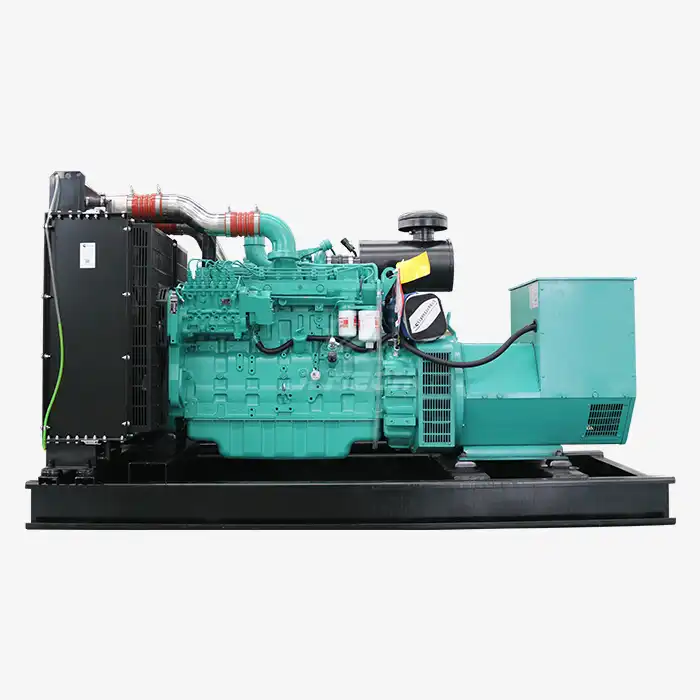 VIEW MOREgenerator 200kw
VIEW MOREgenerator 200kw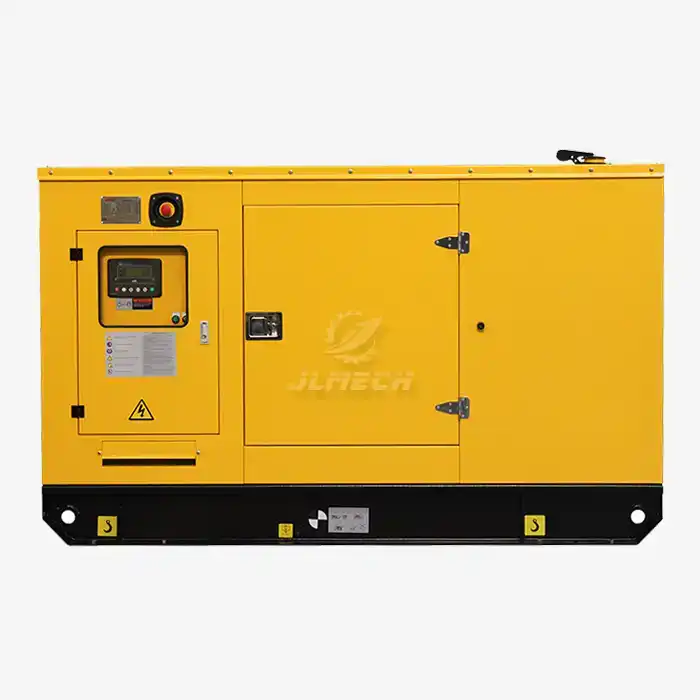 VIEW MOREStandby 30kVA diesel unit
VIEW MOREStandby 30kVA diesel unit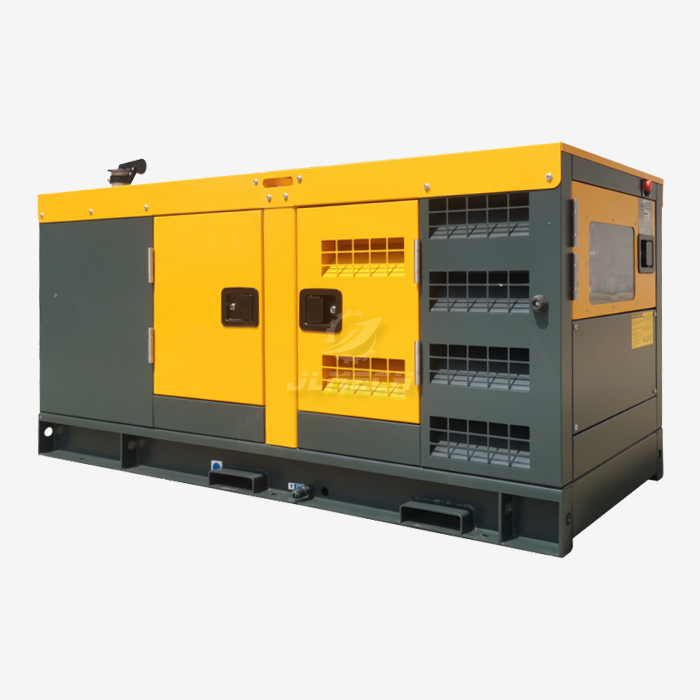 VIEW MOREOverload Protection Diesel Generator Set
VIEW MOREOverload Protection Diesel Generator Set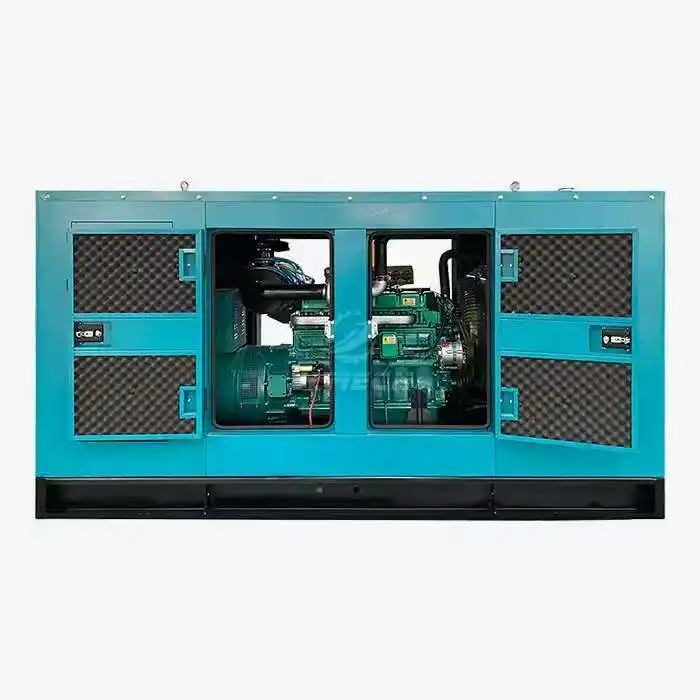 VIEW MOREdirect injection vehicular engine
VIEW MOREdirect injection vehicular engine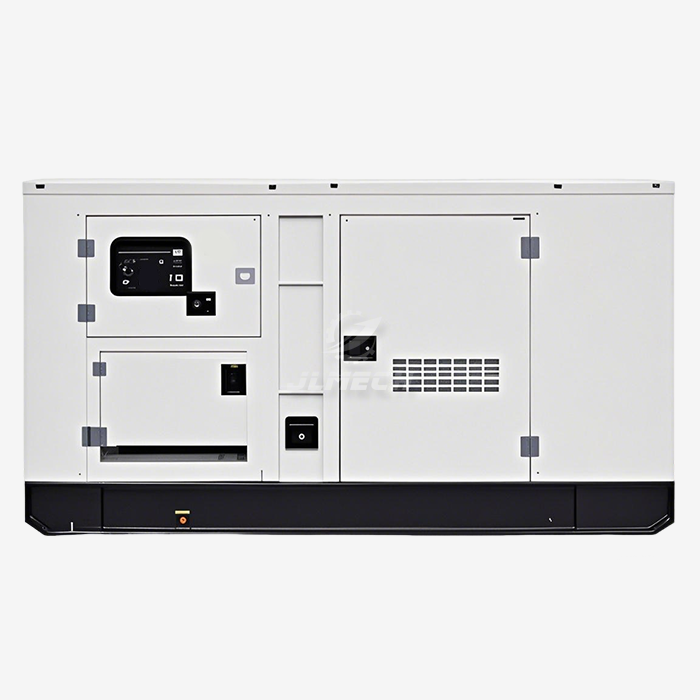 VIEW MOREperkins 100kva diesel generator
VIEW MOREperkins 100kva diesel generator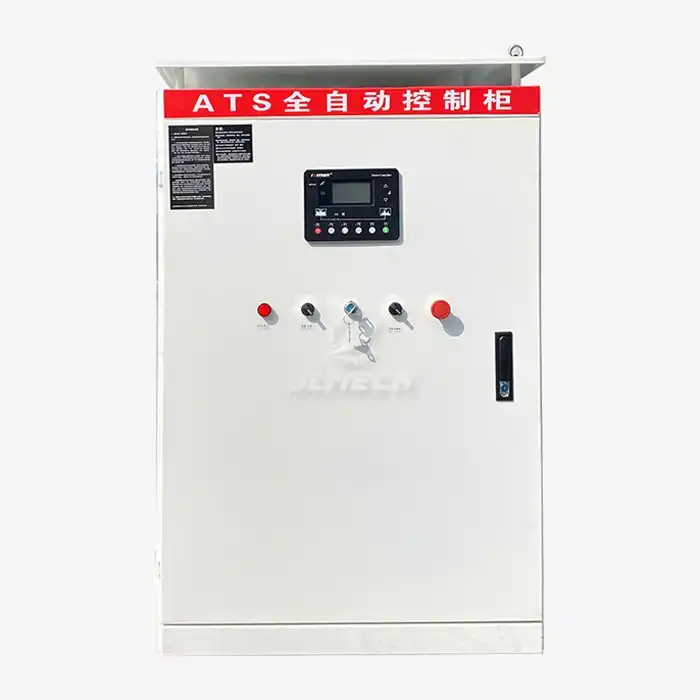 VIEW MORE800 amp 3 phase automatic transfer switch
VIEW MORE800 amp 3 phase automatic transfer switch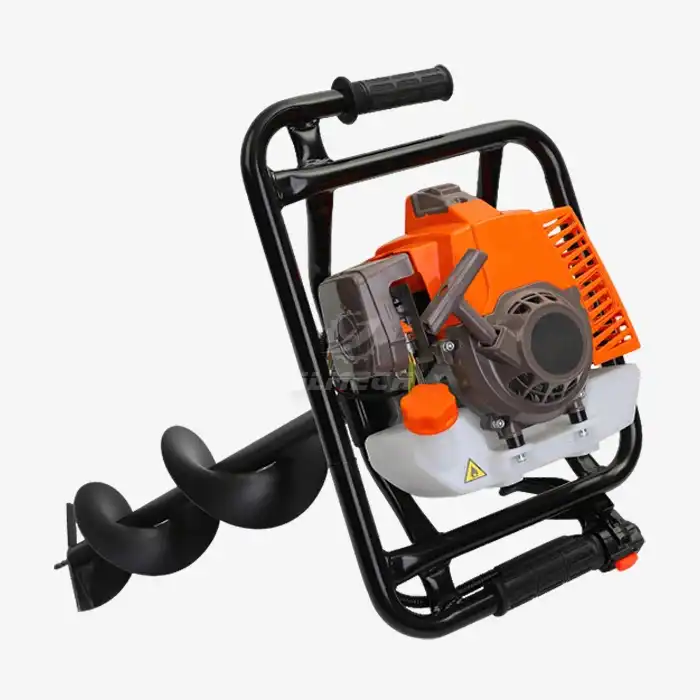 VIEW MOREland auger drilling machine
VIEW MOREland auger drilling machine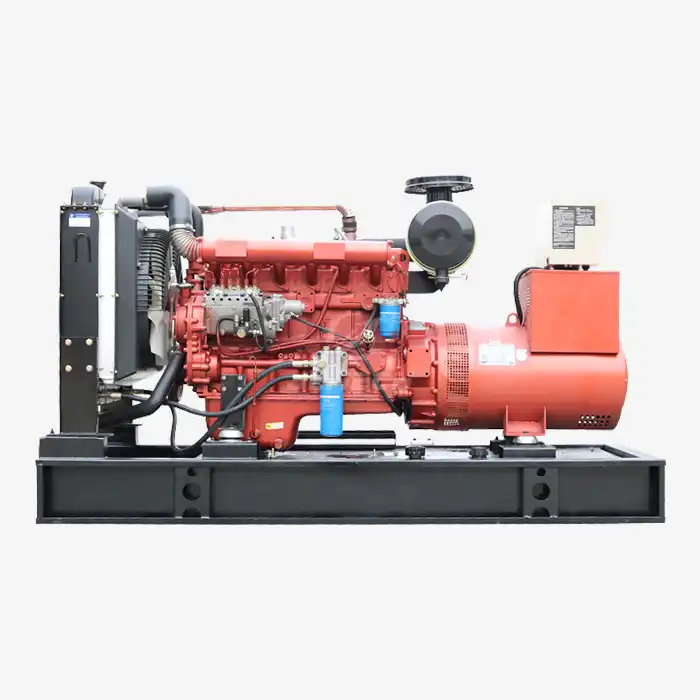 VIEW MOREwater cooled power diesel generator
VIEW MOREwater cooled power diesel generator



